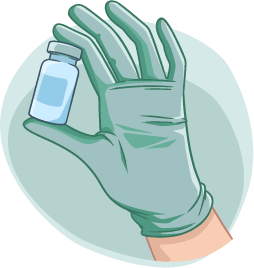With the summer weather kicking in, we often forget to check our skin for signs of skin cancer. Early identification and treatment of skin cancer can minimise your chance of needing surgery and the severity of it. Two in three Australians will be diagnosed with skin cancer by the age of 70.
How to check your skin:
- Make sure you check your entire body, as skin cancers can sometimes occur on parts of the body that are not exposed to the sun, such as the soles of the feet, between fingers and toes and under nails.
- Undress completely and make sure you have good light.
- Use a mirror to check hard to see spots, like your back and scalp, or get a family member, partner or friend to check for you.
What to look for:
- New moles.
- Moles that increase in size.
- An outline of a mole that becomes notched.
- A spot that changes colour from brown to black or is varied.
- A spot that becomes raised or develops a lump within it.
- The surface of a mole becoming rough, scaly or ulcerated.
- Moles that itch or tingle.
- Moles that bleed or weep.
- Spots that look different from the others.
Skin Types:
Type 1 – Often burns, rarely tans. Tends to have freckles, red or fair hair, blue or green eyes.
Type 2 – Usually burns, sometimes tans. Tends to have light hair, blue or brown eyes.
Type 3 – Sometimes burns, usually tans. Tends to have brown hair and eyes.
Type 4 – Rarely burns, often tans. Tends to have dark brown eyes and hair.
Type 5 – Dark brown skin. Rarely burns, tans profusely.
Type 6 – Deeply pigmented, dark brown to black skin. Never burns.
When to get a skin check
It is recommended to get a professional skin check every 12 months, regardless of personal or family history. If you haven’t had a skin check, and are concerned you may have skin cancer, Eastbound has a range of great GPs that can perform thorough skin checks.



